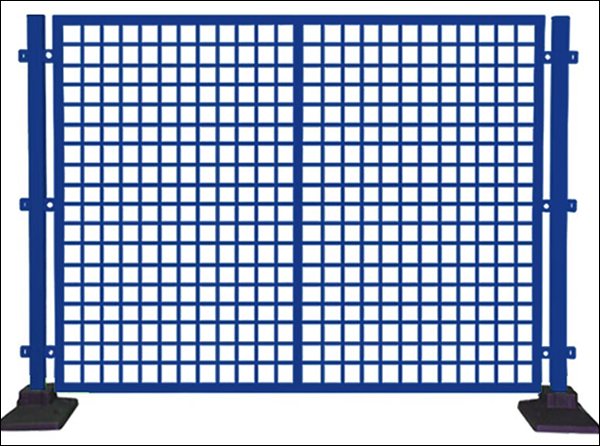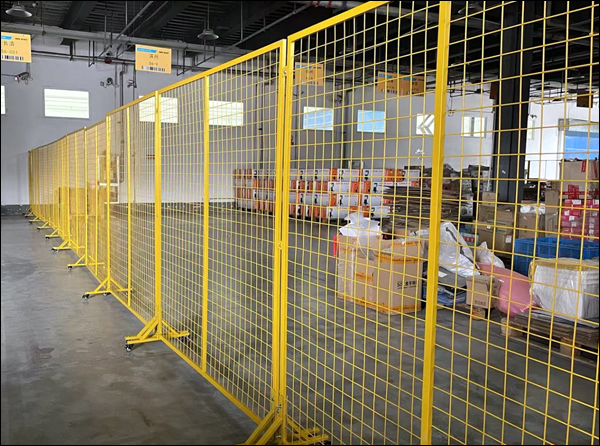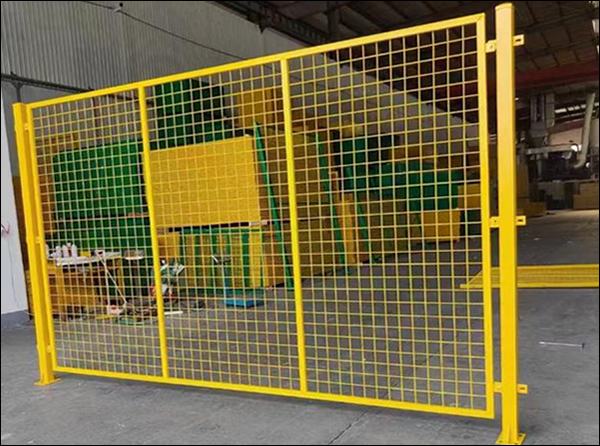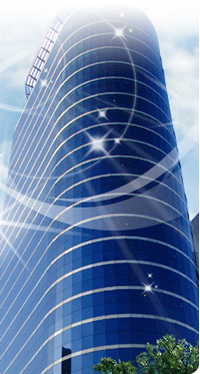
Securing Your Warehouse: Temporary Fencing Security Solutions
Temporary fencing offers a practical and versatile solution for warehouse isolation, providing a cost-effective method to manage access and enhance security. Constructed from robust materials like steel or heavy-duty plastic, these fences are designed for easy installation and relocation, adapting to changing warehouse needs. Key characteristics include portability, simple assembly and disassembly, and weather resistance, ensuring durability in various environments. Primarily used to establish barriers around warehouses, construction zones, or maintenance areas, temporary fencing effectively deters unauthorized entry, safeguards valuable inventory, and promotes a safer working environment during operations.
Application : Used to divide warehouse areas for organized storage, improved inventory management, and enhanced security.
Specifications and Dimensions:
- Material: Steel or lightweight metal.
- Height: Typically 1.8 meters to 2.5 meters.
- Mesh Size: Typically 50 mm to 200 mm.
- Wire Gauge: Specify wire gauge (10 gauge, 12 gauge).
- Frame Dimensions: Specify frame tubing dimensions (40mm x 40mm square tube).
- Connection Method: Welding, bolts, or quick connectors.
Installation Details: Securely anchor posts to floor or walls. Ensure proper mesh alignment and tension. Add gates for access control.
Application Scenarios:
Specifications and Dimensions:
- Material: High-strength steel with anti-corrosion treatment. Specify steel grade.
- Height: Typically 2 meters to 2.5 meters.
- Panel Length: Customizable, typically 3 meters to 6 meters.
- Post Dimensions: Specify post dimensions ( 60mm x 60mm square steel, 75mm diameter round steel).
- Base/Feet:
- Concrete Feet: Specify dimensions and weight.
- In-ground Posts: Embedded in concrete footings. Specify embedment depth (600mm).
- Connection Method: Clamps, bolts, or welded connections.
Installation Details: Ensure level ground. Secure posts and panels. Consider wind loading and add bracing. Use appropriate hazard signage.

Portable Temporary Fence Panel Security Fence
- Panel Height: Most commonly 6 feet (1.8 meters) or 8 feet (2.4 meters)
- Panel Width: Usually around 9.5 feet (2.9 meters) or 10 feet (3 meters)
- Mesh Type: Welded wire mesh (as seen in the picture).The mesh to be a standard rectangular grid pattern
- Mesh Size: Typically 2 inches x 4 inches (50mm x 100mm)
- Frame Material: Galvanized steel tubing
- Frame Diameter: 1 3/8 inches (35mm) or 1 5/8 inches (40mm)
- Base Type: Concrete or plastic feet (for stability),the bases are likely concrete or a heavy-duty plastic, designed to keep the panels upright.
- Finish: Often galvanized or powder-coated for weather resistance
- Color: The fencing in the picture is blue, which is a common color for temporary fencing.

Indoor Wire Mesh Temporary Fence Partition Panels
- Panel Height: 6 feet (1.8 meters) to 8 feet (2.4 meters).
- Panel Width: 4 feet (1.2 meters) and 8 feet (2.4 meters).
- Mesh Type: Welded wire mesh with a smaller grid pattern than outdoor fencing. This provides better visibility while still acting as a barrier.
- Mesh Size: 1 inch x 1 inch (25mm x 25mm) or 2 inch x 2 inch (50mm x 50mm).
- Frame Material: Steel tubing, with a powder-coated finish for durability and visibility.
- Frame Shape: Square or rectangular tubing.
- Base Type: Feet or bases designed for indoor use on flat surfaces.
- Color: Yellow is a common color for safety barriers and high visibility.

Warehouse Temporary Security Fencing for Industrial Safety Guarding
- Panel Height: 4 feet (1.2 meters) to 8 feet (2.4 meters).
- Panel Width: 4 feet (1.2 meters) to 6 feet (1.8 meters). These panels often need to fit specific machine layouts.
- Mesh Type: Welded wire mesh, similar to warehouse dividers but potentially with a smaller mesh size for increased safety.
- Mesh Size: 1 inch x 1 inch (25mm x 25mm) or even smaller.
- Frame Material: Strong steel tubing or profiles for impact resistance.
- Frame Shape: Square or rectangular, often with additional bracing for strength.
- Mounting: These panels are typically bolted or fastened to the floor or to machinery frames for a more permanent installation than temporary fencing.
